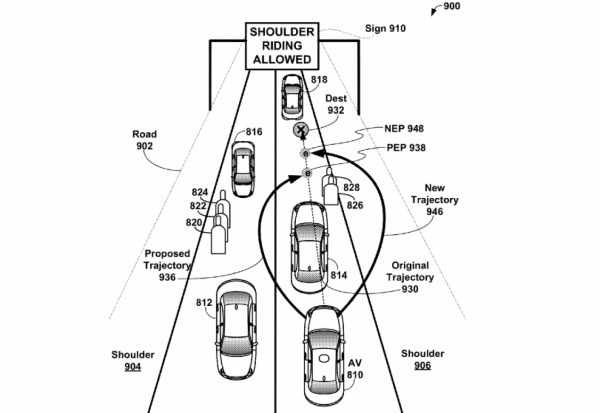Google's Self-Driving Cars Avoid cowsand Other Road Hazards
Self-driving cars are getting a lot of buzz lately. Companies from Google to Uber and Mercedes-Benz are each developing their own driverless car technology. In fact, Uber just partnered with Carnegie Mellon to create the Advanced Technology Center dedicated to the development driverless vehicles. If you're an engineer, you're in luck because they are hiring, too. Google is racing to get to the finish line first, and it may have an edge over the competition as its driverless vehicles can now officially avoid cows (and other conditions.)
Google was just issued a patent for its "Detecting that an autonomous vehicle is in a stuck condition", and one example Google uses in its patent is driving around a group of cows blocking the road. The human race is in luck because the solution to a bovine-blocked driverless car relies on human intervention.

When its vehicle is stuck, be it from cows, construction, or a disabled vehicle, one solution is to refer to an assistance center, where a live specialist will analyze data from the car's sensors. The specialist can gather more information, in the form of live video and images from the car's cameras, and input commands to free the car from its stuck condition. It's nice to know that humans haven't been considered obsolete, yet.

Google isn't the only one working on self-driving vehicles. Mercedes-Benz has some impressive tech behind their driverless car research. We got to test drive (test ride?) the Mercedes' F 015 self-driving car, and it was like time traveling into the future. We also had the chance to check out the research and development lab at Mercedes-Benz and get a personal demonstration of little robots zipping about as working models of how autonomous cars can navigate around obstacles and each other.
Source: Popular Science
